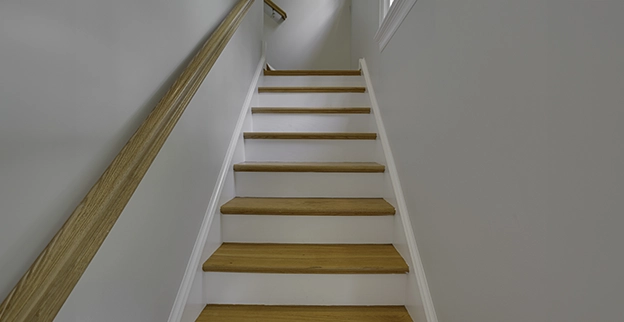Maintaining a safe home environment is an important responsibility, especially if you share your space with children and older family members or guests. To ensure your home is a safe place for everyone, your local Mr. Handyman® offers professional grab bar installation near you.
Choosing the Right Materials
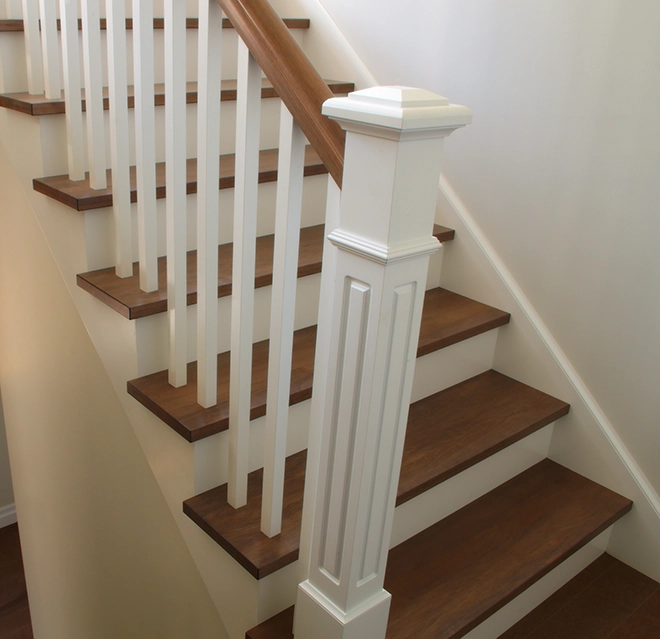
Enhancing Accessibility with Handrails
In most cases, handrails are installed for design and aesthetic purposes. However, handrail installations can also be done for safety reasons. If you or your loved ones have mobility or balance issues, installing handrails will enhance the accessibility of your home.
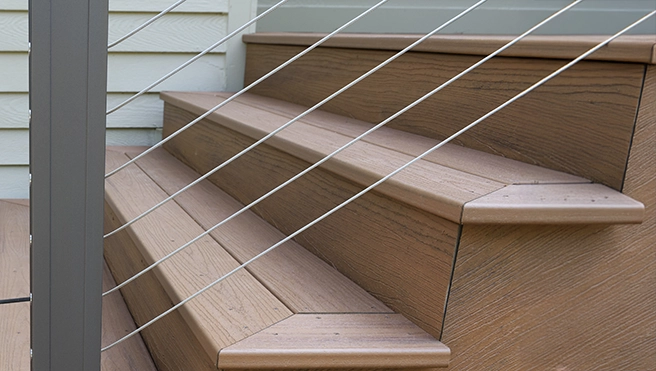
Our Professional Handyman Services
At Mr. Handyman, our goal is to bring your ideas to life. We offer comprehensive handyman services to meet all your needs. Some of our most popular services include the following:
-
Repair Services
Learn More Repair ServicesHomes break. Whether you need your gutters or garage shelving fixed, Mr. Handyman has you covered.
-
Commercial Services
Learn More Commercial ServicesDon’t wait on urgent handyman service for your business. We work with organizations of all sizes.
-
Carpentry Services
Learn More Carpentry ServicesCustom project? Our carpenters get to work right away to develop the perfect product for your spot.
-
Remodeling Services
Learn More Remodeling ServicesLooking for help with a new kitchen or bathroom remodel? Mr. Handyman’s experts can make it happen.
All Mr. Handyman franchises are locally owned and operated and may offer fewer or more services than those listed here. To learn more about stair railing and handrail installation offered in your area, contact your local Mr. Handyman for details or a customized on-site assessment.
Customer Testimonials: Hear What Our Clients Say!
Read More Testimonials
The Neighborly Done Right Promise® delivered by Mr. Handyman®, a proud Neighborly company.
Helpful Resources
-

Where Not to Caulk Around Windows
If you’re planning to replace just a few windows or want to do some maintenance on the ones you have, the window experts at Mr. Handyman® have some helpful window caulking advice.
Dec 04 2025 -
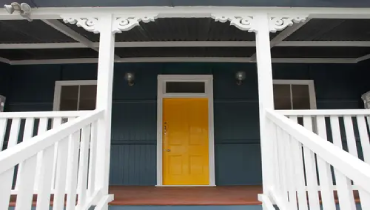
5 Signs It’s Time to Repaint Your Home (and What to Do Next)
A fresh coat of paint can completely change how your home looks—and how it feels to live in it. In this guide, we’ll walk you through five clear signs
Oct 24 2025 -
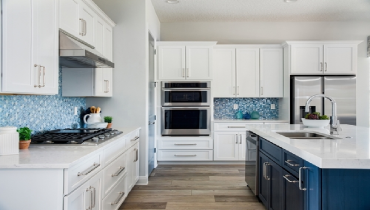
What to Expect During Your Kitchen Cabinet Installation
Thinking about upgrading your kitchen cabinets? Smart move. A new set of cabinets doesn’t just change the look of your kitchen—it changes the energy of your home
Oct 24 2025
FAQs About Handrail & Stair Railing Installation Services
For over 25 years, Mr. Handyman professionals have been helping homeowners and businesses repair, maintain, and enhance their spaces. We are a one-stop solution for everything on your to-do list. This includes answering your questions about home repairs, maintenance, and improvements. Here are answers to some of your most frequently asked questions about handrail & stair railing installation services.

Join Our Team
Mr. Handyman is hiring. For 25+ years, we've consistently hired reliable, customer service-focused employees who are both knowledgeable and skilled.
